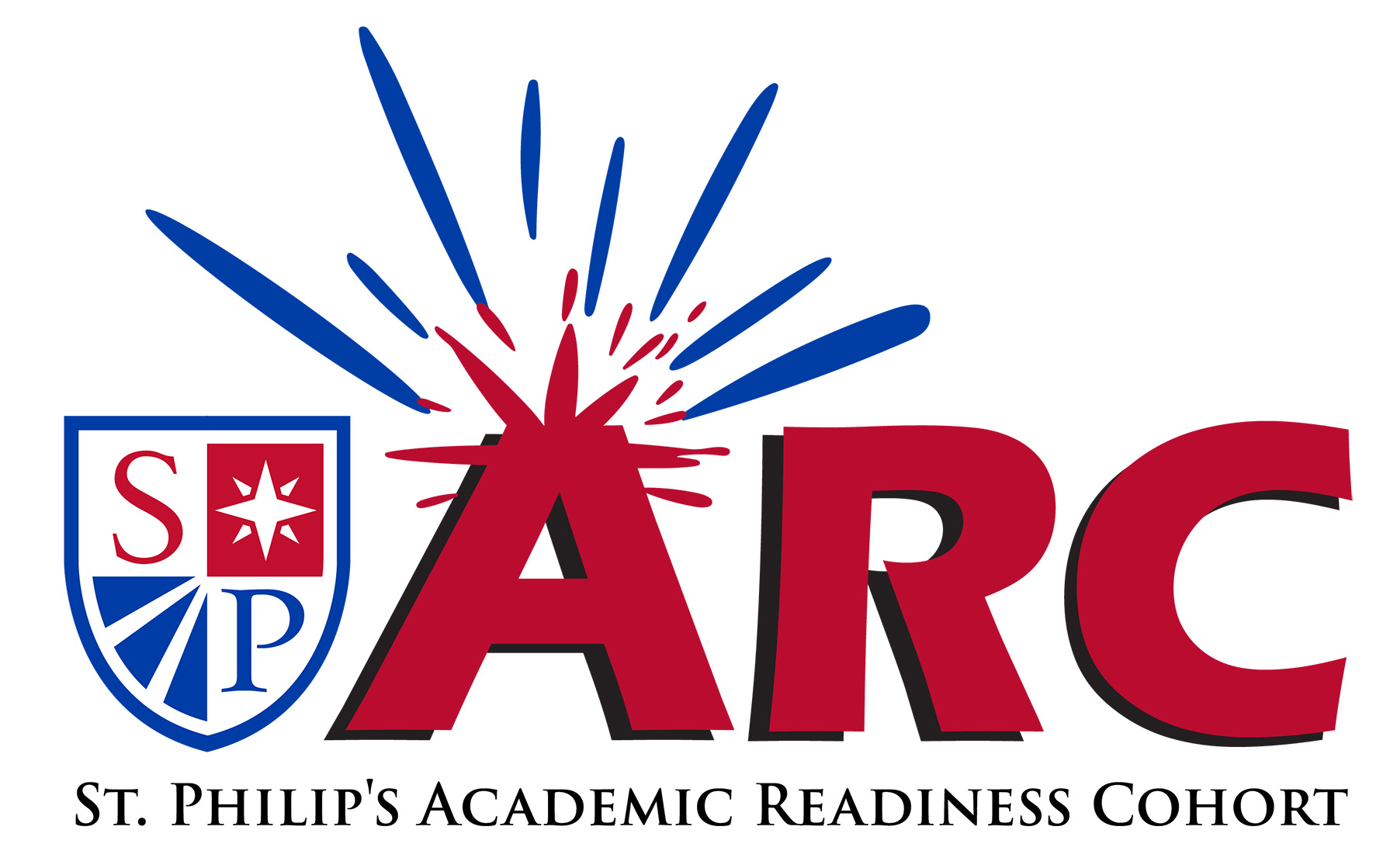St. Philip’s Philosophy
The mission of St. Philip’s School and Community Center is to enhance the lives of children and families regardless of economic background but with particular emphasis on low and moderate income families, through educational excellence, Christian principles, and compatible community services.
The philosophy of St. Philip’s School is to accept students from a range of abilities and backgrounds, recognizing each child as a unique creation entitled to love, respect, and opportunities for safe and challenging passage through the early years. The school’s small class sizes and varied educational techniques enhance and develop the unique learning style of each child and aims to install and strengthen qualities that promote a secure and responsible adult life.
The philosophical grounding of the community center programing is with an aim to prepare vs. repair. There is an intentional attempt to avoid programing that is corrective in nature. The community center takes on an approach of
collaboration with likeminded entities to attract services that meet the needs of our area residents.
St. Philip’s Statement of Values
Educational Excellence: providing the strongest possible academic background and the richest possible academic experience
Educational Opportunity: providing access to an excellent education for children including those for whom such access would not otherwise be possible financially
Christian Education: providing a religious environment for personal growth shaped by the spirit of Jesus Christ
Self-Esteem: maintaining an atmosphere that develops and strengthens each individual’s sense of self-worth
Personal Development: helping to strengthen each individual spiritually, emotionally, and intellectually
Ethnic Awareness: helping to foster and nurture cultural and ethnic awareness and pride bridging racial barriers: teaching and demonstrating the value of diversity in the community and teaching the humanity and brotherhood of all people
Community: working to impact and improve the lives of people through social services, enrichment programs, and recreational activities with special focus on low and moderate income families
Curriculum
The core curriculum is enriched with a wide range of specialty subjects, including Spanish, music, physical education, chapel, art, library, and theater. Technology is integrated at every grade level through 3D Printing at computer labs, dedicated tech courses, and interactive tools in each classroom to reinforce and extend learning.
Our project-based learning model encourages students not just to solve problems, but to seek them out, equipping them with the mindset to make meaningful contributions to their communities. In every grade, collaboration, critical thinking, and real-world application are central to how students learn, helping them build the modern skills needed to thrive in today’s world.
Purpose
At St. Philip’s School and Community Center, our purpose is to empower students to achieve academic excellence through a rigorous, college-preparatory curriculum rooted in unparalleled education, community, and faith. We are committed to meeting and exceeding grade-level expectations by providing differentiated instruction that challenges students at their individual levels of readiness.
Through our SPARC (St. Philip’s Academic Readiness Cohort) model, students receive tailored instruction in reading and math that supports both on-grade-level mastery and above-grade-level acceleration. This approach ensures that every student is supported, challenged, and equipped with the skills and confidence needed for long-term academic success.
This approach was piloted by our middle school students, and we have seen significant success in 8th-grade high school acceptances, student self-esteem, and instructional effectiveness, demonstrating the impact of our rigorous and supportive academic model. The curriculum approach was developed based on data and feedback from parents, teachers, and other stakeholders. Students will remain in their homeroom classes and transition to their academic readiness courses for reading and math. All other classes will be with their grade-level peers.
In accordance with our Graduate Profile, our academic program develops intellectually driven, Christ-centered servant leaders who exemplify inter- and intra-personal wellness, cultural awareness, and a commitment to social justice. Students are empowered to excel academically, lead with integrity, and navigate their Life After St. Philip’s with confidence, whether they continue in public, private, or charter schools.

